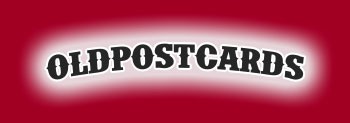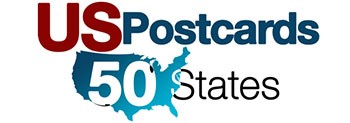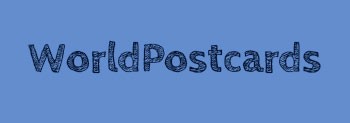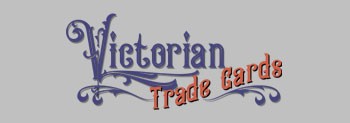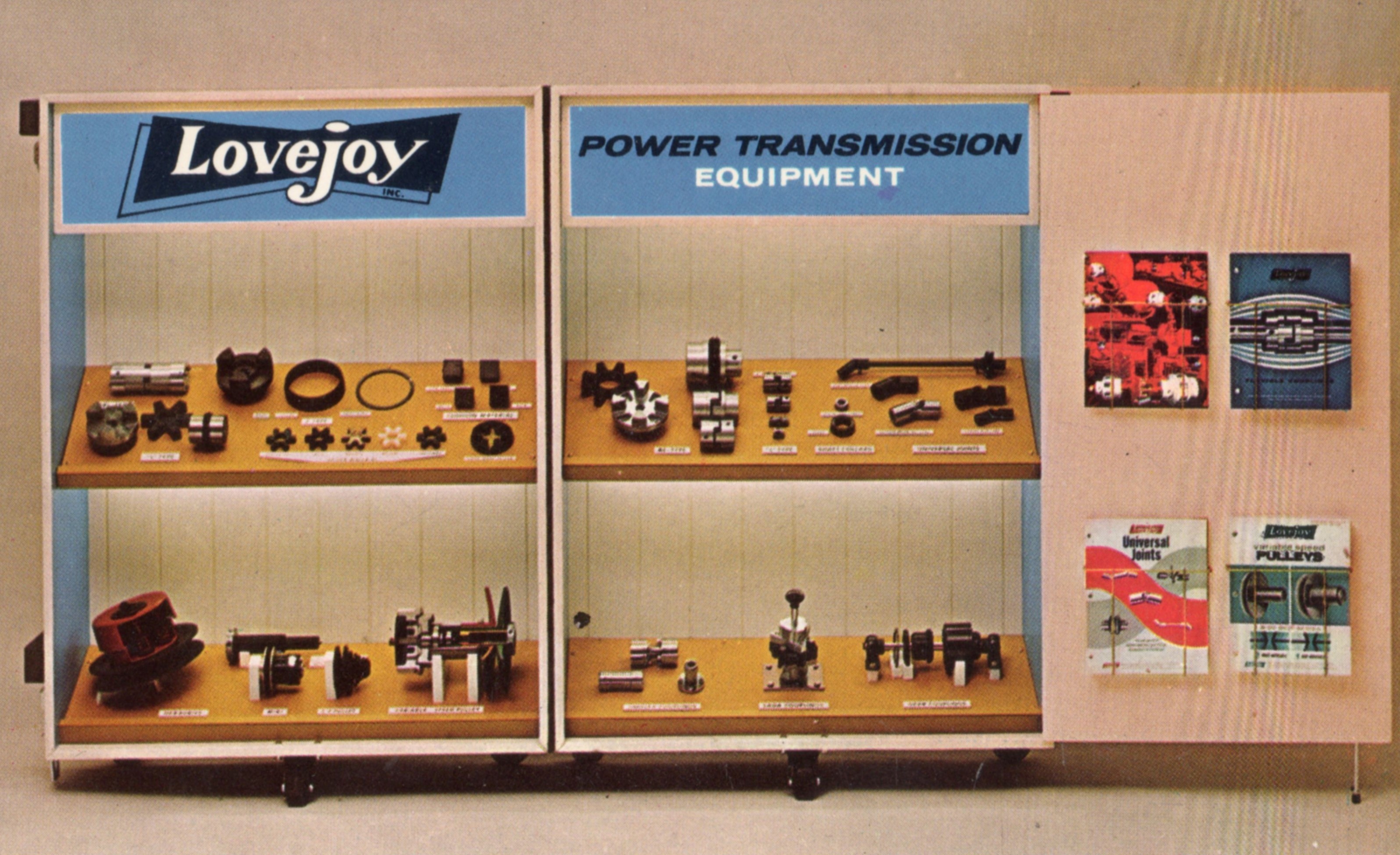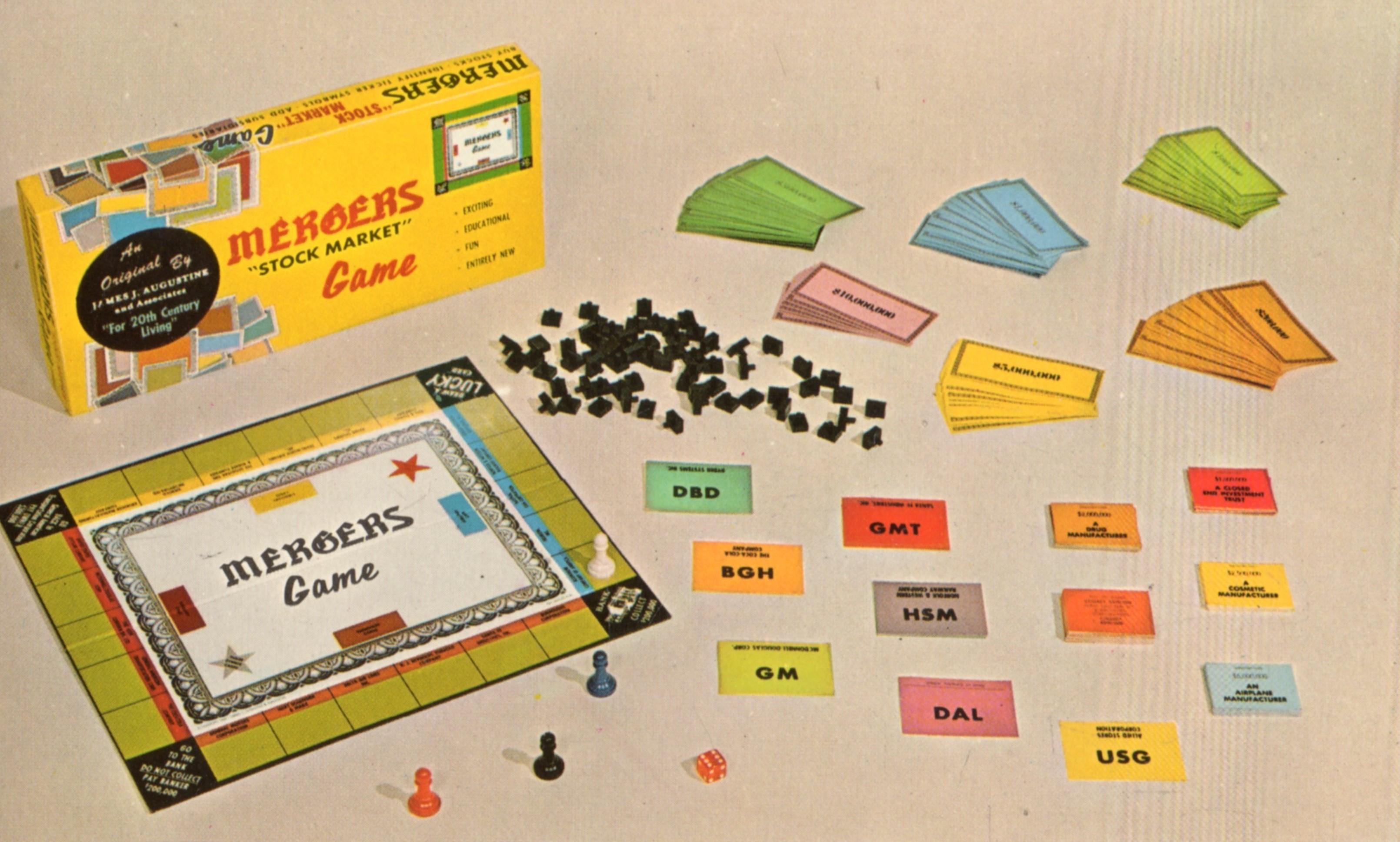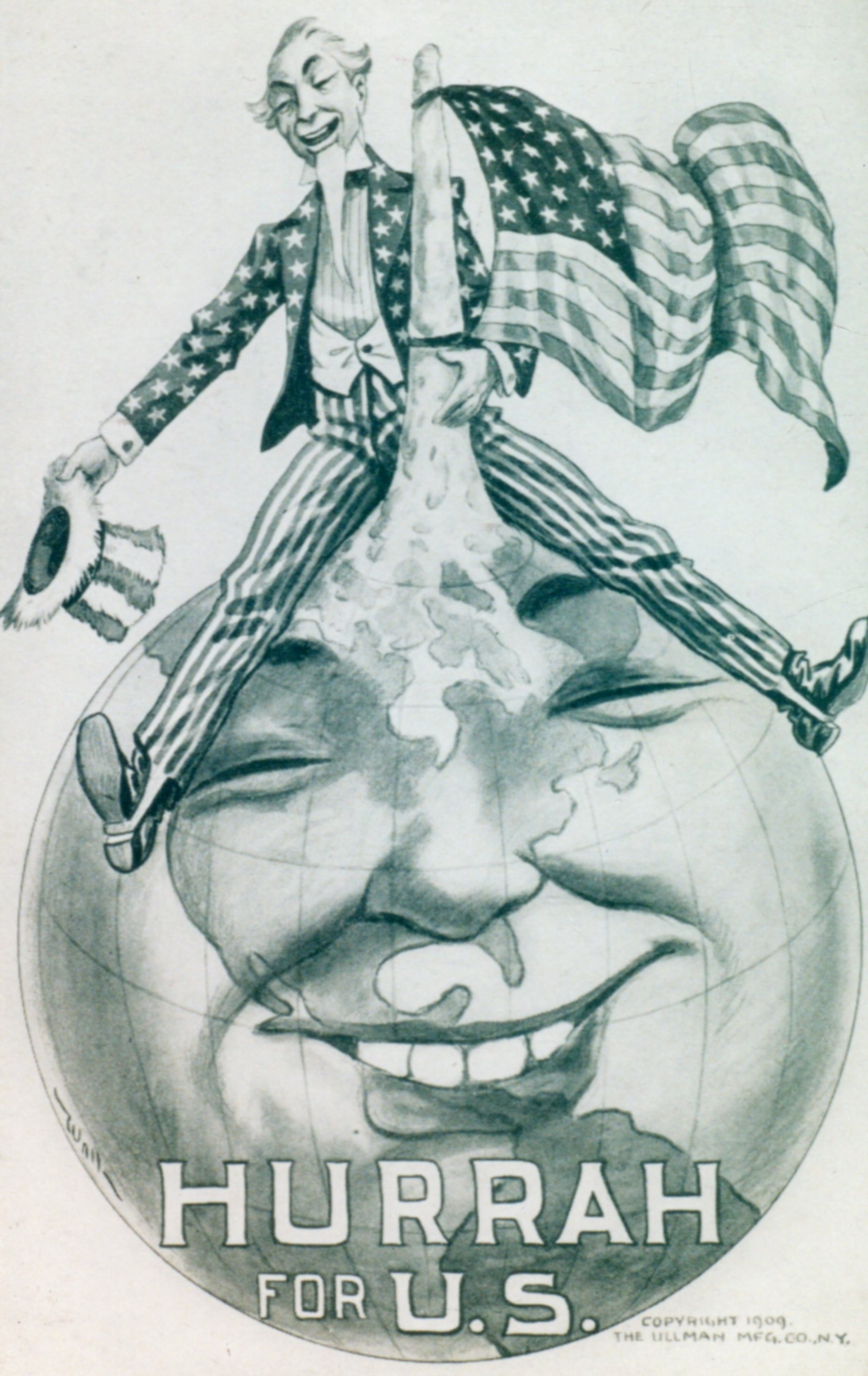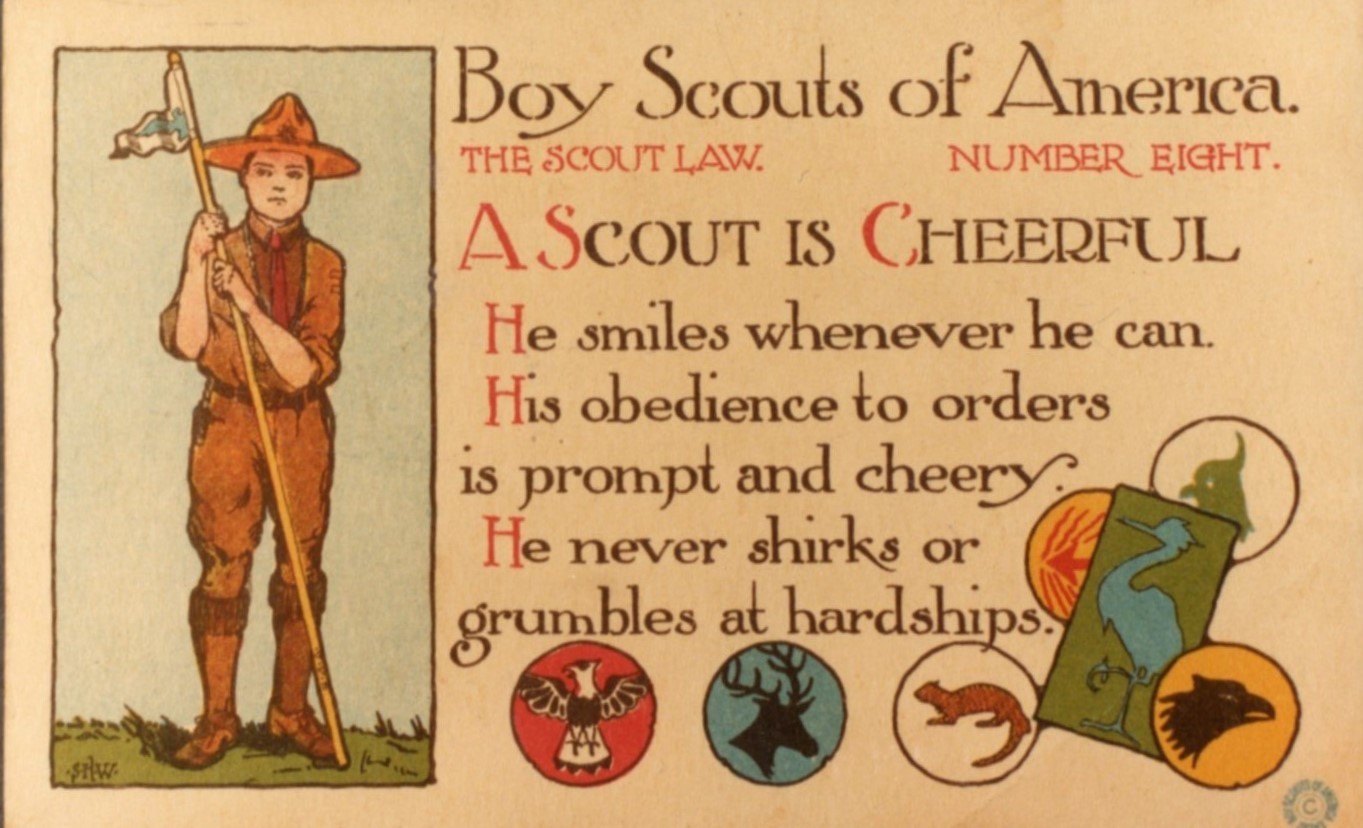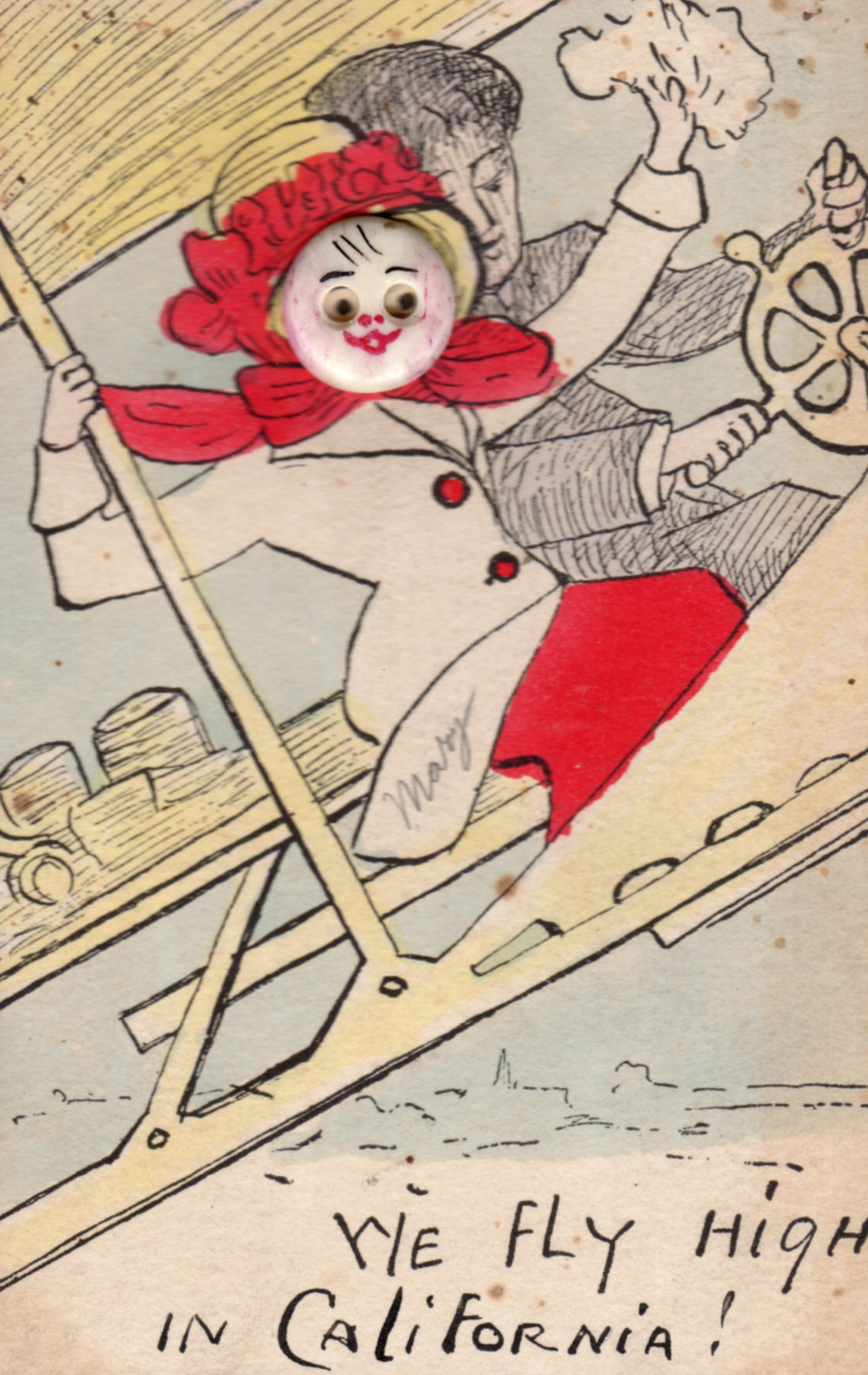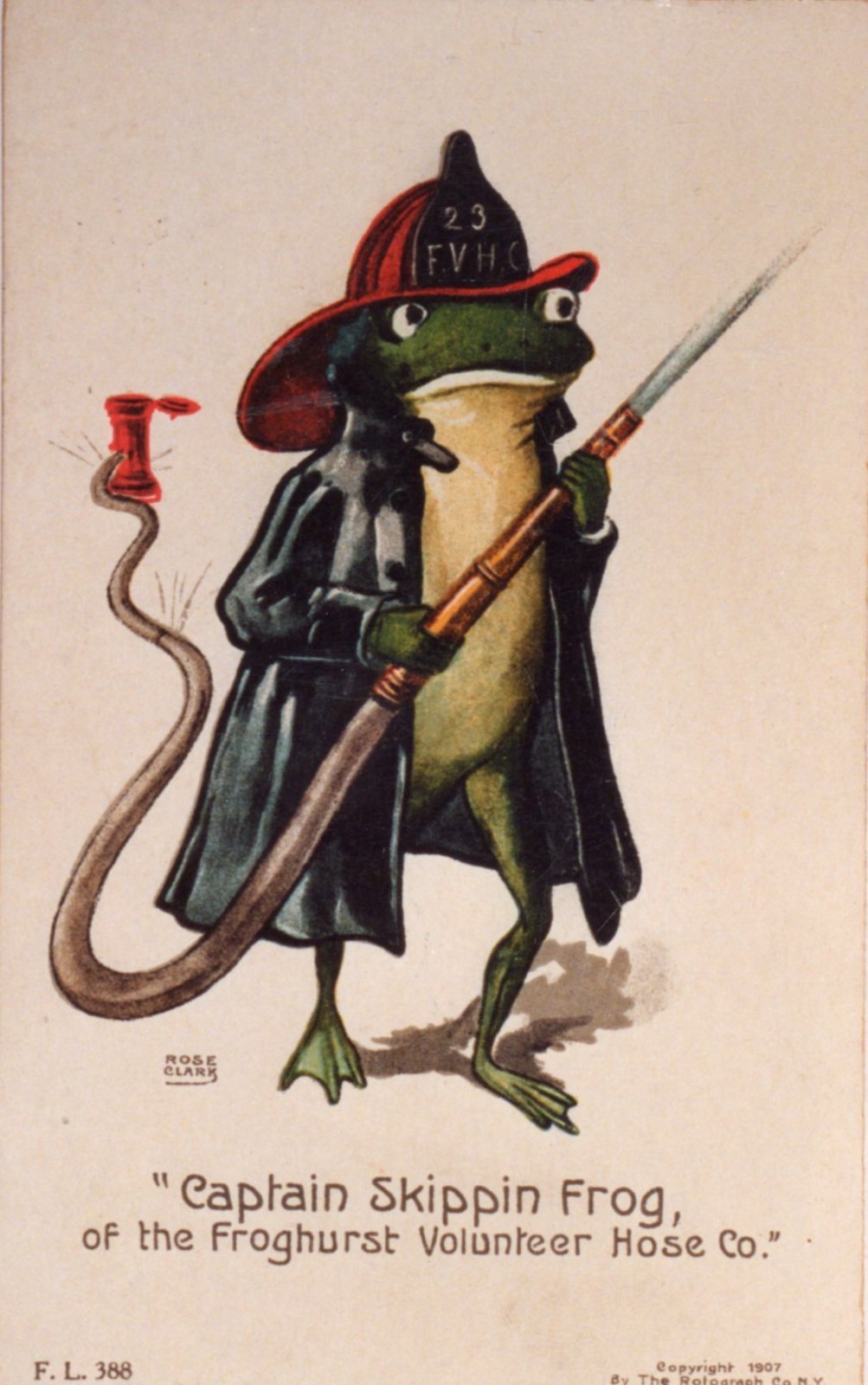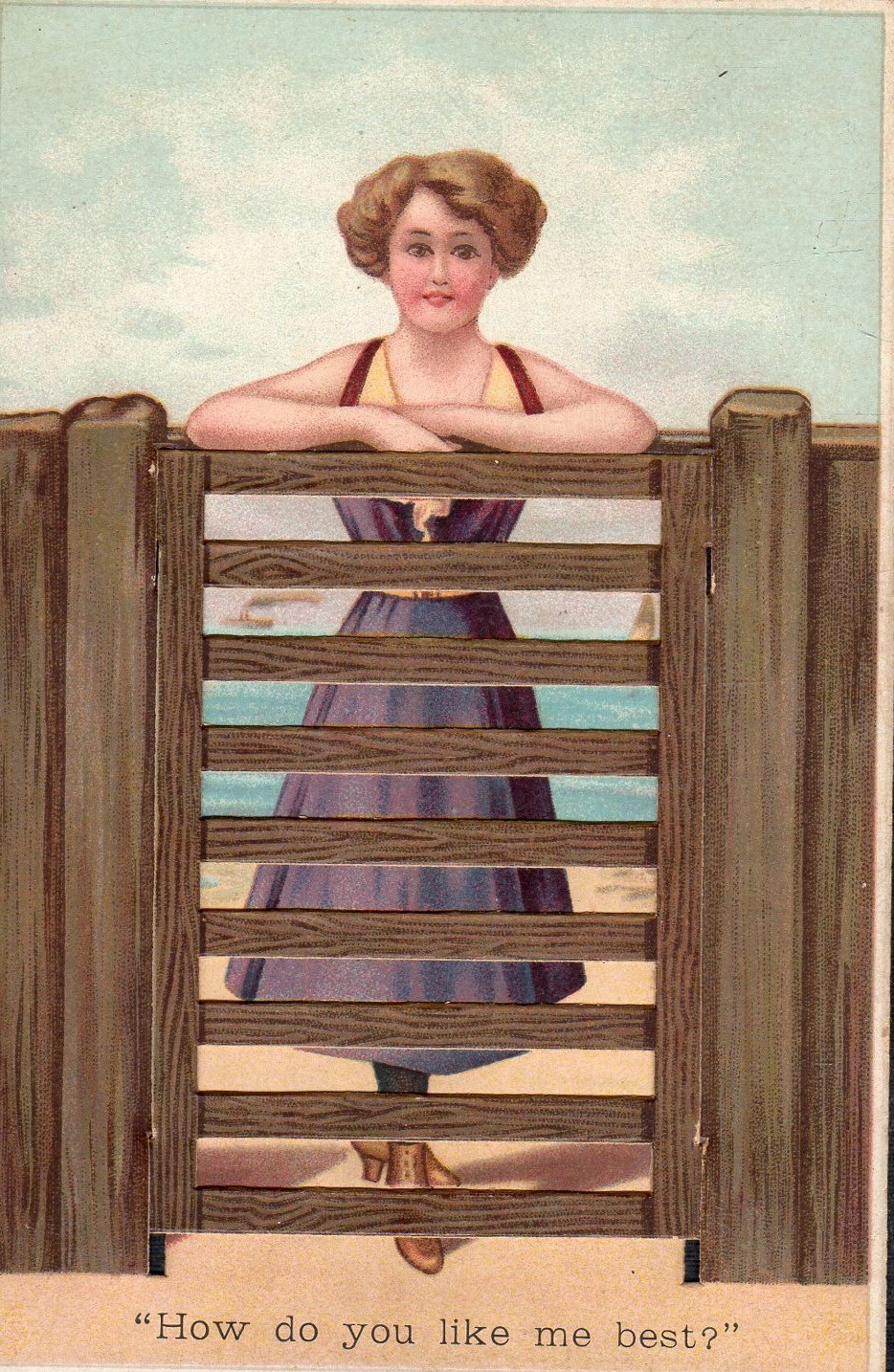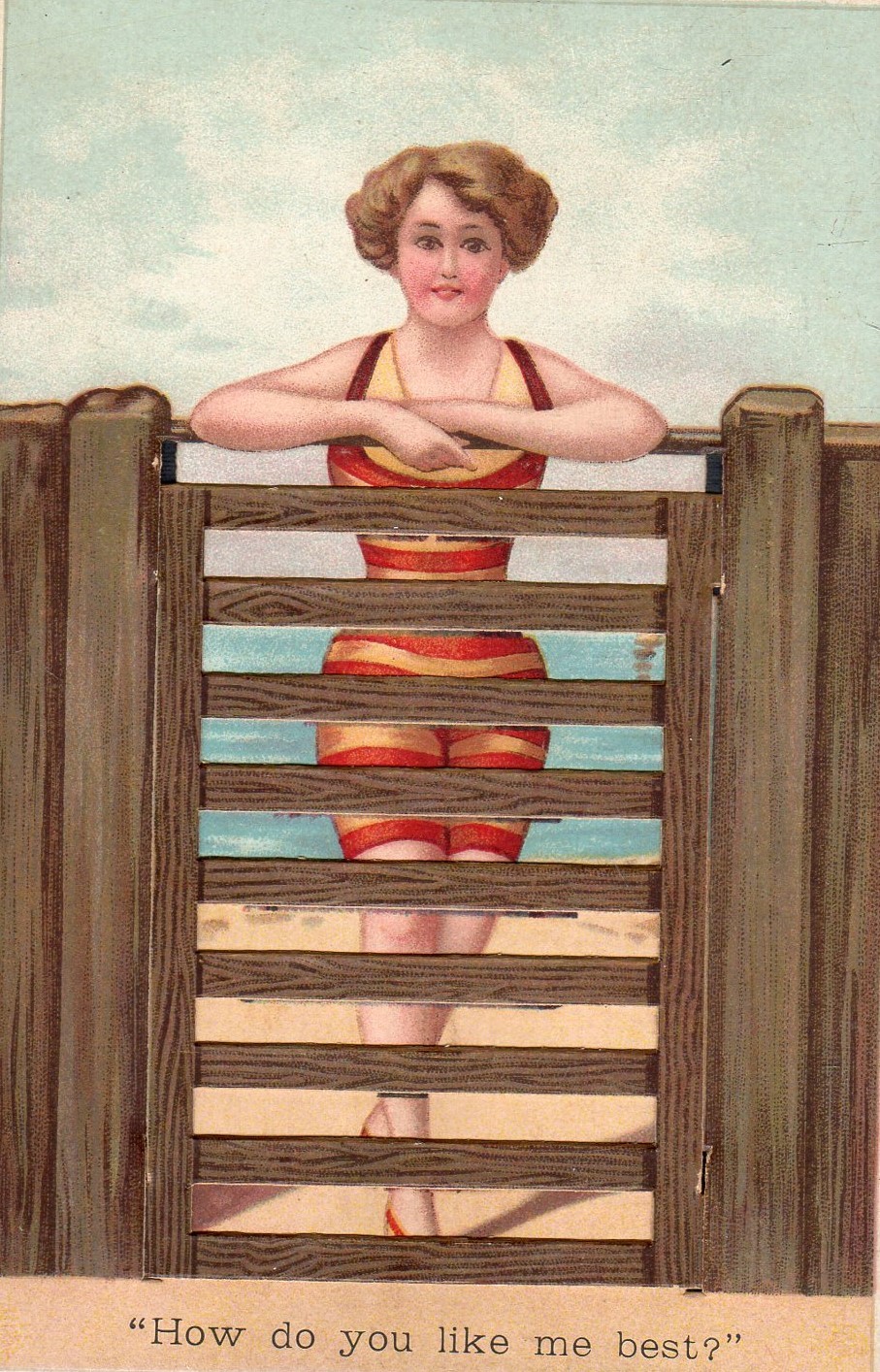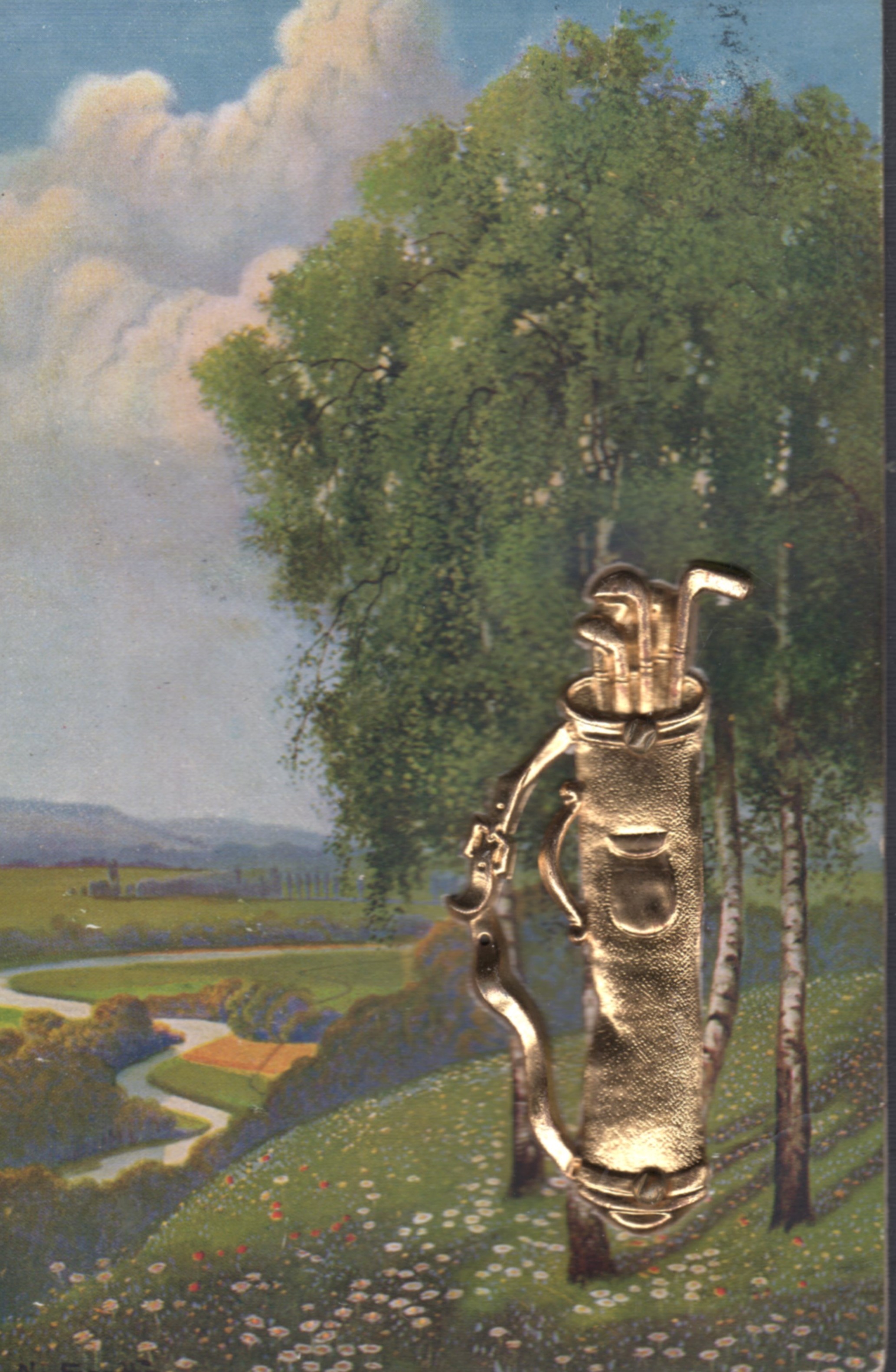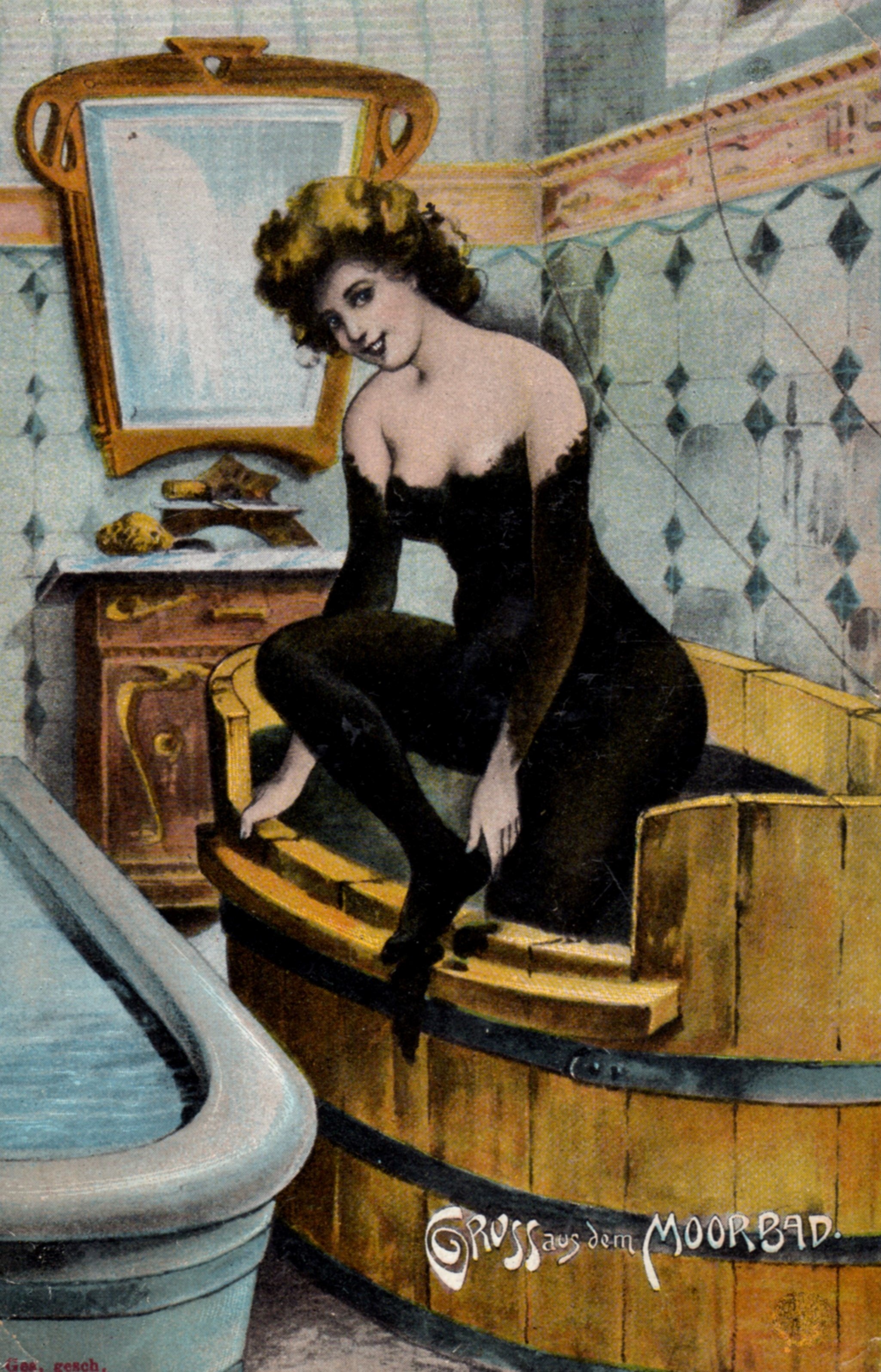Search All Categories
! About Postcards on Worldpostcards.com
Category Request
We have provided this form as a quick an easy means of contact for those who are looking to sell a collection, need to request or have questions about specific cards, or Use it to drop us a line, its a bit more convenient than e-mail.
Articles About Postcards
The Golden Age of Postcards was from 1893 to 1918, then came Art Deco and white border views, followed by the Linen Era with textured paper. One of the last named era is Chromes, the era of color photography. And, in the future collectors will be amazed by the Rack cards of the 70-80s.
So, whoever was the first to the North Pole we can not be sure, but we are sure it was America. Therefore, the postcards most often either state neither or Peary. This group of postcards, series 162, sub#2564, has Uncle Sam being the conqueror or an unidentified man. The artist Bernard Wall was not going to take sides. Whichever the case, it was a great time in history.
This set of postcards is the only set authorized by the National Council of the Boy Scouts of America. They were published by Henry Heininger Company of New York. There are twelve cards explaining the ideal of the Scout is Thrifty, Trustworthy, Loyal, Helpful, Friendly, Courteous, Kind, Obedient, Cheerful, Brave, Clean and Reverent. Each card in the set holds a Boy Scout of America copyright on the front and is numbered one to twelve.
The Button face postcards are not common, but the most common ones seen are designed by George Jervis in 1909. They are called the button face family which includes the following: Miss Beatrice Button, Mr. Bertie Button, Miss Betty Button, Mr Bouncing Button, Mr. Bawling Button, The Buttons Buttons, Bhut Con (laundry man) and I are sure there are more
Many of the well-known postcard artists did sets of frogs on postcards. Twelvetrees did a set for National Art Publishers in 1906 with dressed frogs including the top hat, monocle Matinee Idol and the Matinee Girl. Other Twelve tree frogs are Come In, the Waters Fine, Paul and Virginia, the Groom and others.
Several of the mechanical postcards have a wheel at the bottom that you turned to change the face on the image to several different images. Sometimes it was just a change of facial expression such as laughing or crying. Other times it changed from a human to animal images. Another, postcard of this type changed ethnic origin from black to white and visa versa.
Some of these cards are very elaborate with the entire card being made of metal. The most common of these are the copper cards. The most unusual card is one of a Tin mask, a ceremonial object of the Roman baths. This mask was recreated on a postcard from hand crafted English pewter.
As the name suggests, mud baths are bathing in mud. It has been a therapeutic practice for thousands of years. Mud bath can be found around the World and even on postcards. In the United States they are mostly near heated Sulfur Spring water. The mud is then a combination of volcanic ash, Canadian peat and the naturally heated mineral waters. It is a great pain reliever for arthritis and exfoliates the skin.

